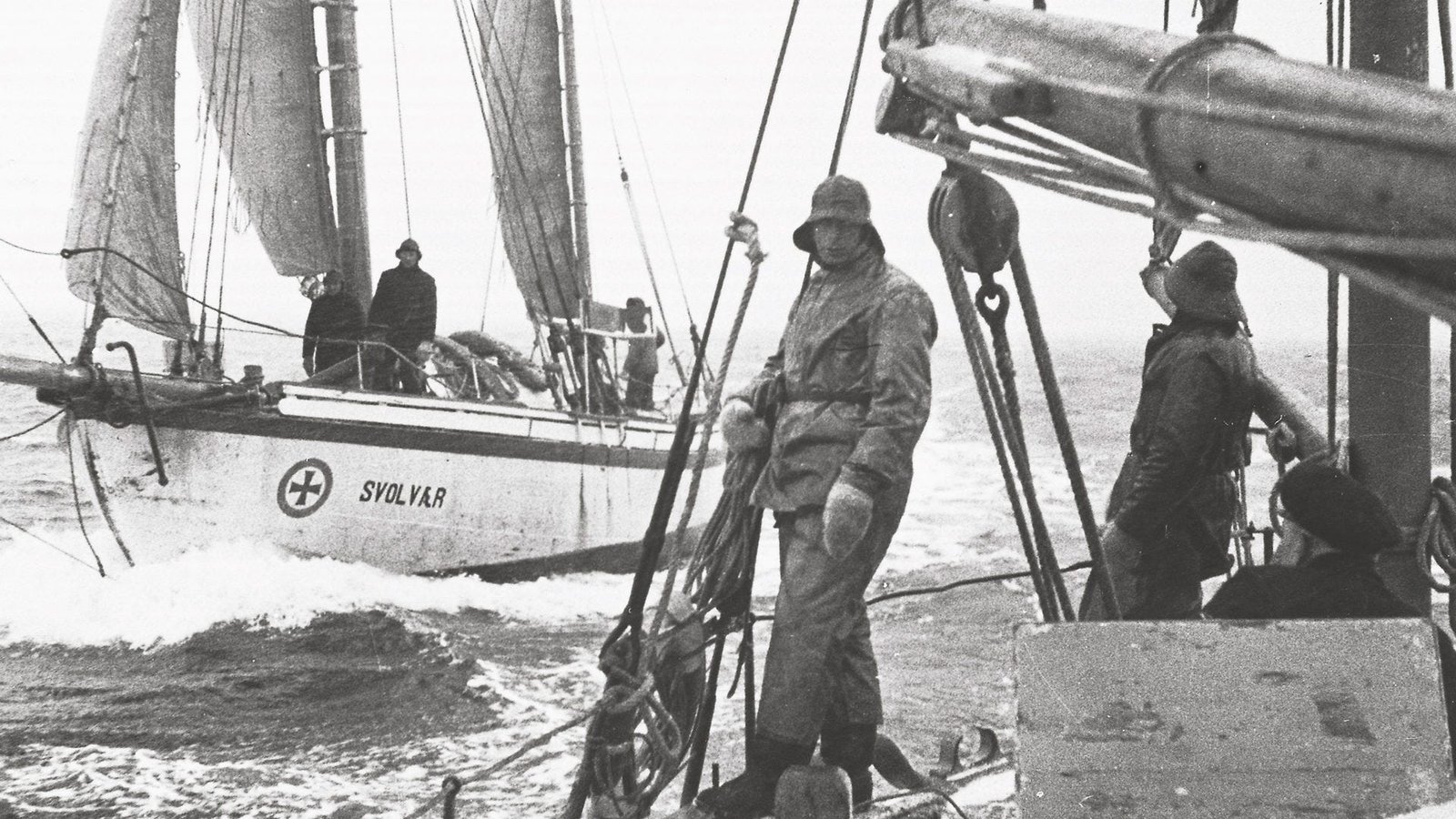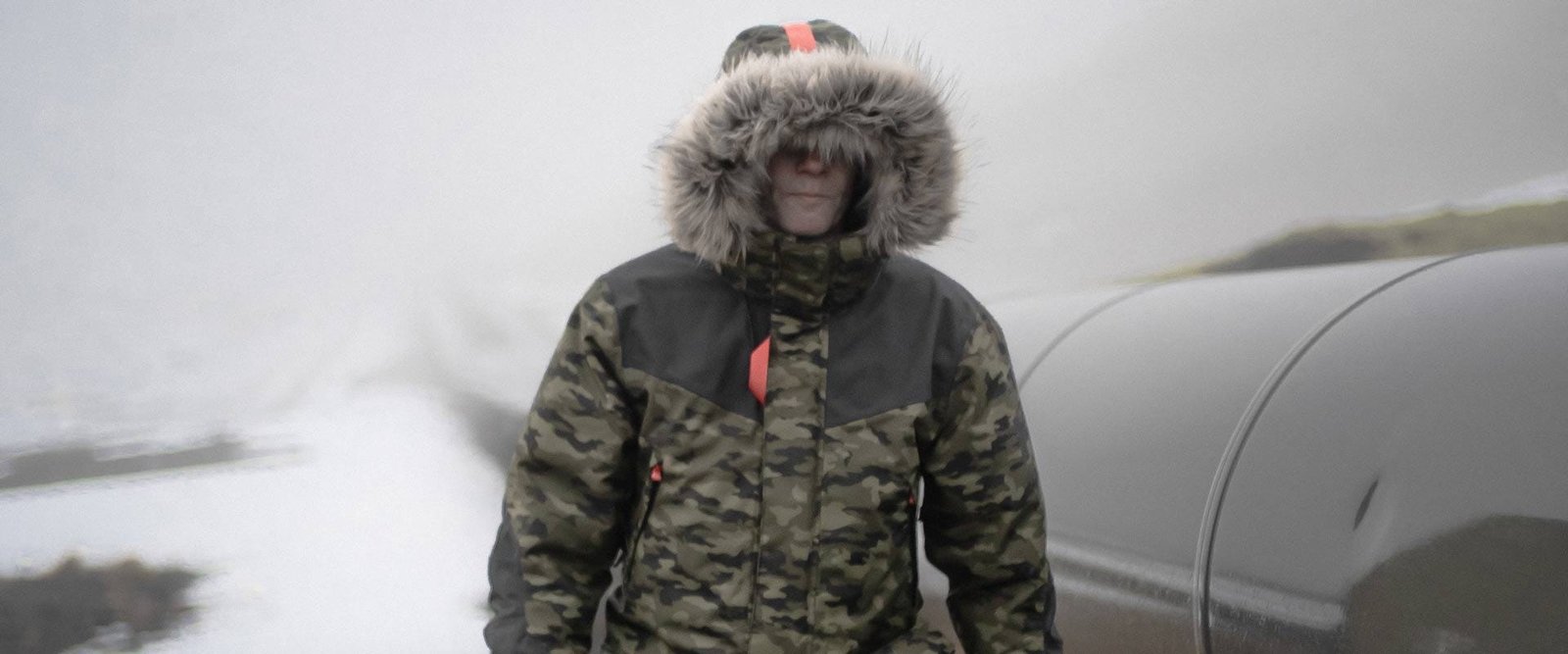
Native Norway, Helly Hansen has been making clothes since over 140 years. The name stands for outfits braving the most extreme weather conditions, and this from more up to the Mountain. The brand is recognized by ocean specialists, from mountains and outdoor work areas. She is leader in the clothes of professional ski and has a unshakeable fame at the sailors from all sides.
Such a longevity is explained by a company that has always been unmarked thanks to its innovations in the working textile world. The story of Helly Hansen is that of her many finds for protect professionals on all fronts, be it cold, of the’water or others severe weather assaults. Today let’s see some of the technologies of the brand who have through the ages.
Maritime first fruits
Helly Juell Hansen had already been sailing at sea since the age of 14. It’s in 1877 when he is 35 years old that he wonders about how to help his fellow sailors to face winds and tides. With his wife Maren Margarethe, they started to make new outfits in the port village of Moss located in the fjord d’Oslo. Jackets, sweaters, pants and tarpaulins in thick linen. This is how was born Helly Hansen, with a hardened finish in L’linseed oil for a waterproof protection from high efficiency.
Building on this initiative and just a year later his creation, the brand is awarded a diploma of excellence at theparis exhibition from 1878. This step opens the doors of the company toexportation and to a relentless search for innovations who will be able to fill the sailors’ requirements, but also mountaineers to ever more extreme needs.
This momentum will continue even after the death of its creator in 1914 with Leiv, Helly’s son, who will be keen to do endure the legacy family. The new leader will work to shine this know how in the whole world and spread its fame through its innovative technologies.

Helox, the renewal of waterproof fabric
In 1949, the brand creates Helox. This technology covers the tissues with thin translucent plastic PVC film to make them totally waterproof. A revolution which avoided the inconvenience of traditional linseed oil layer, glue and less pleasant to wear. This advance exploded demands with nearly 30,000 jackets manufactured per month. The sportsmen of the Norwegian delegation will also find a keen interest in equipping the athletes of this type of clothing during Oslo Winter Olympics in 1952.
Fiberpile, the first fleece fiber
Born from the fruit of a collaboration with Norwegian Fiber Pile Inc., the Fiberpile is here original fleece fiber. She was born in 1961 and stay, more than 50 years later, a technology perfected, adopted and imitated by many. This fleece layer has the advantages of a warm clothing, lightweight and at fast drying. the durable fabric and resistant allows effectively regulate body temperature while protecting against cold, snow or rain. These characteristics make it a asset of choice for the oil rig workers, the lumberjacks and others workers in contact with nature in cold environments. The polars remain unmissable still today.

LIFA, the protective layer close to the body
Under the fleece, all Helly Hasen needed was to complete the three-layer method protection with the creation of LIFA technical base layer. In 1970, the brand then makes first base coats which allowkeep moisture away from the body. The wearer thus remains at hot and at sec. These clothes quickly found buyers among outdoor enthusiasts and the outdoor workers. In 2012, l’Outside Magazine granted to LIFA a place in the list of the most influential equipment in history. Nowadays, these underwear remain indispensable for the more or the high mountain.
Other Helly Hansen technologies to date
With the three main types of clothing mentioned above, the mark makes it possible to cover its wearer from three protective layers against the cold. These are still viable today. However, the brand will continue to grow perfect in the research with some others technologies that we will discuss.
In 1972, the company designs the first life vest in waterproof cellular pvc foam. One more material privileged at many manufacturers. 1984 sees the creation of Helly Tech, a waterproof fabric and breathable to many rewards. These fabrics respond perfectly to requirements of professional skiers of the whole world.
1990 is the year in which is conceived Prowool (now known as HH Lifa Merino). This layer Live is married to the merino wool for over heat and an better moisture wicking. It’s a ally of choice to fight against temperatures most cold and extreme.
H2FLOW is introduced in 2012. This technology, which won the prix Design Excellence awarded by the Norwegian Design Council, is a system patented having a air circulation system and a protective barrier. In 2018, Lifa Max perfect the Lifa fibers in them thickening to offer warm underwear, light and flexible. Lifaloft in 2019 allow more heat with a isolation plus slight and an better humidity management.

As we have seen, l‘legacy of Helly Hansen is that of a brand that has left his mark by his many innovations and his revolutionary clothes. From head to toe, the brand will have stayed throughout the ages a unavoidable in Mountain, on the mers et en outdoors. To brave cold and severe weather, Helly Hansen is a leader incontestable of the domain.
Photo credits: www.hellyhansen.com

